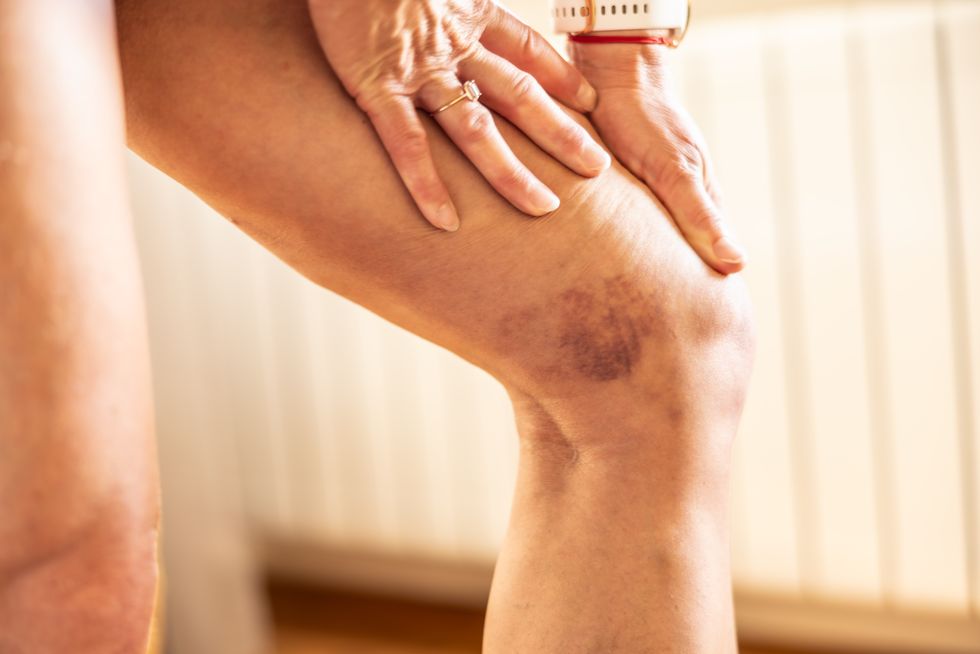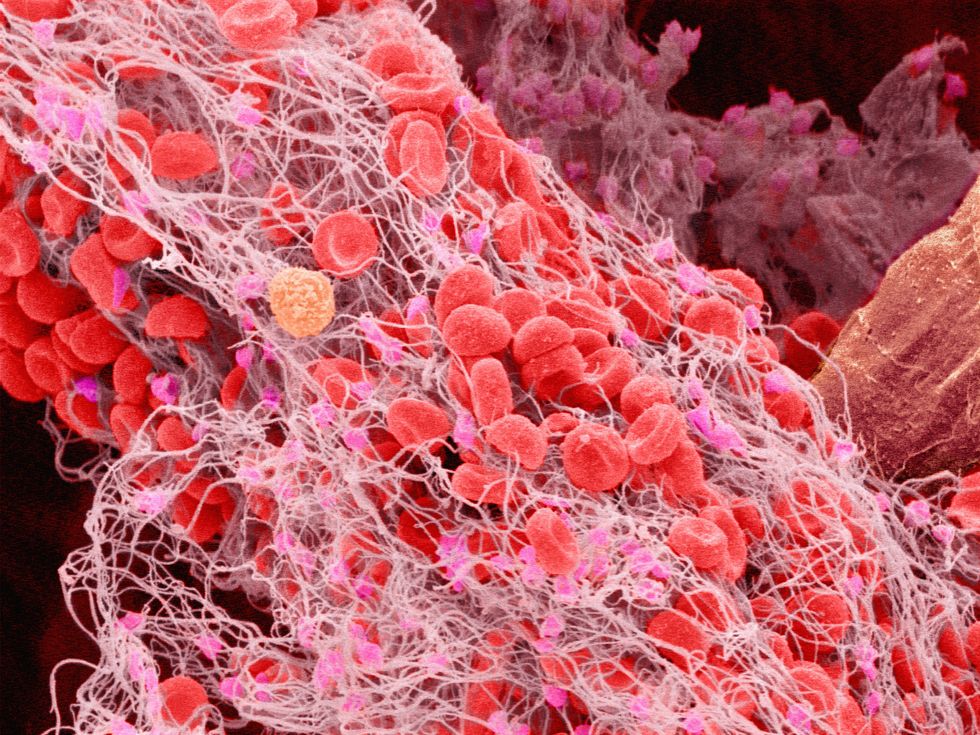Why do some people get deadly blood clots? Scientists discover factor that hikes risk by 180%

Venous thrombosis remains one of the most common causes of death in the world
Don't Miss
Most Read
Swedish researchers have made a significant breakthrough in understanding why some people develop potentially fatal blood clots in their legs.
The team from Lund University has identified three gene variants that can increase the risk of venous thrombosis by up to 180 per cent.
The discovery marks the most important genetic finding since Factor V Leiden was identified as a clotting risk factor.
The three variants - ABO, F8, and VWF - are found in populations worldwide, unlike Factor V Leiden which only affects Indo-Europeans.

Blood clots often cause pain, swelling, and warmth in the affected area of the leg
|GETTY
"Venous thrombosis is in fact one of the most common causes of death in the world. It is a common disease that has always been somewhat overshadowed by arterial blood clots," said Bengt Zöller, a specialist at Skåne University Hospital and professor at Lund University.
The researchers analysed data from 30,000 Malmö residents in the population-based Malmö Kost Cancer study.
They examined 27 genes previously linked to clotting disorders to identify the most significant risk factors.
Each of the three variants - ABO, F8, and VWF - individually increases the risk of venous blood clots by 10 to 30 per cent. However, the danger multiplies when someone carries multiple variants.
"An individual with five of these gene variants has a 180 per cent higher risk of venous thrombosis," the research revealed.
These mutations are present in between five and fifty per cent of various populations globally.
The findings suggest that genetic testing could revolutionise treatment approaches. "I think tailoring treatment based on risk assessment will become increasingly important," concluded Bengt Zöller.
Venous thrombosis affects more than 10,000 people annually in Sweden, with numbers continuing to rise. Affected patients often reported pain, swelling and redness in the affected area, often in the leg.
Unlike arterial clots that form when plaque ruptures in calcified vessels, venous clots typically develop in the legs when blood flow stagnates.
"The muscles control the blood flow in the veins, and the legs become like columns of fluid where the force of gravity is strong," explained Zöller.
Height poses a particular risk as taller individuals have larger veins with reduced blood flow, whilst blood must travel further to reach the heart. Obesity also significantly impacts venous circulation, particularly when combined with reduced physical activity.
But age remains one of the strongest risk factors, with ten per cent of 80-year-olds experiencing clots.
The research team emphasises that prevention remains crucial, particularly for those at higher genetic risk.
LATEST DEVELOPMENTS:

Women should avoid oestrogen-containing contraceptives to prevent blood clots
|GETTY
Regular movement helps maintain blood flow, whilst support stockings can assist circulation during prolonged sitting or standing.
"Only the valves of the veins prevent backflow, and if these are damaged, the risk of blood clots can increase," the study noted.
Blood-thinning medications may be prescribed prophylactically in high-risk situations, including surgery or cancer treatment.
Lifestyle modifications prove equally important. The researchers found ultra-processed foods linked to a slightly elevated risk, whilst plant-based diets showed protective effects.
Commercial fishermen demonstrated lower risk, potentially due to higher omega-3 intake.
Women should avoid oestrogen-containing contraceptives if they have a strong family history of venous thromboembolism. Vaccinations also help, as infections can activate the coagulation system.










